Sustainability is the buzzword of our generation, but what do terms like renewable and nonrenewable resources mean? Even though we hear them all the time, few truly grasp their significance.
So, why should we care?
– Because the choices we make today will shape the world tomorrow.
Thus, understanding the differences is vital as it highlights the fact that you are environmentally aware and how making these choices can affect our future.
So, we have come up with an eye-opener for you by stating ten examples of renewable and nonrenewable resources, breaking down their differences, and seeing how they shape the environment.
Renewable vs. Nonrenewable Resources
|
Feature |
Renewable Resources |
Nonrenewable Resources |
| 1. Definition |
Resources that are naturally replenished and can be used repeatedly. |
Resources that exist in finite quantities and take millions of years to form. |
| 2. Availability | Unlimited or replenished over a short duration. | Limited and depleting with use. |
| 3. Examples | Solar energy, wind energy, hydropower, geothermal energy, biomass. | Coal, oil, natural gas, nuclear energy, crude oil. |
| 4. Environmental Impact | Generally eco-friendly, lower emissions, and sustainable in the long run. | High environmental impact contributes to pollution and climate change. |
| 5. Replenishment Time | Short-term replenishment. | Millions of years to form, no immediate replenishment. |
6 Examples of Renewable Resources
1. Solar Energy
Solar energy is a leading renewable resource that harnesses the energy of the sun to produce electricity. It is unlimited, powerful, free, and available in every part of the world which makes it easier for homes and businesses to reduce their carbon footprint and lower dependency on fossil fuels. With solar panels, you can harness the sun’s rays and turn your home into an eco-friendly powerhouse.
Explore the Current State of Solar Energy and its Future in the Philippines.
2. Wind Energy
Another stellar renewable resource is wind energy, which harnesses the power of the wind through turbines to generate electricity. Wind energy is similar to solar energy as they don’t spew any pollution into the air and produce clean energy. It is particularly squeaky clean, however, some critics argue that the turbines can be noisy and pose a threat to the bird population. The turbines are giant fans that turn wind into electricity.
Who knew that going green could be so cool?
3. Hydropower
Hydropower has been harnessing the energy of flowing water for centuries. Dams and other hydropower systems convert water’s kinetic energy into electricity by providing clean and reliable power, similar to all other renewable resources. Nothing is perfect, not even hydropower as building large dams can disrupt ecosystems while affecting local wildlife and changing the natural flow of water.
Thus, whether you’re using it for drinking, washing, or generating power, water has your back.
4. Biomass
Biomass energy originates from organic materials like wood, crops, and even animal manure. When these materials are burned or converted into biofuels, they can produce heat or electricity. Think of it as nature’s recycling program for energy. Biomass is a mixed bag that can reduce waste, but burning it can also release carbon dioxide. The key is to manage it sustainably so it doesn’t contribute to deforestation or increase pollution.
Thus, biomass is like the ultimate eco-warrior taking one person’s trash and turning it into another person’s energy.
5. Geothermal Energy
Geothermal energy harnesses the heat stored beneath the earth’s surface. It’s renewable and practically inexhaustible, giving us a consistent and reliable source of power. Geothermal energy is environmentally friendly, with minimal emissions. However, tapping into geothermal energy can release greenhouse gasses trapped beneath the surface, but even then, it is safer than other fossil fuels.
6. Tidal Energy
Tidal energy is another form of hydropower that captures the energy of ocean tides to generate electricity. It’s renewable, predictable, and clean. The only disadvantage of this form of energy is that it can affect marine ecosystems and fish populations if not carefully managed. Therefore, who needs surfing when you can ride the wave of tidal energy? The ocean’s got the power, and we’re here to harness it.
4 Examples of Nonrenewable Resources
1. Fossil Fuels
These nonrenewable resources come from the remains of plants and animals buried deep within the earth millions of years ago and can be compared to that indulgent cheat meal, which may be satisfying but quite harmful in the long run. Burning releases carbon dioxide and other pollutants into the atmosphere, causing global warming, air pollution, and acid rain. In the end, before opting for them, do remember that fossil fuels may power your car today, but they’re also fueling climate change at the same time.
2. Nuclear Energy
Nuclear energy comes from splitting uranium atoms, which is highly efficient for generating electricity but the risks and waste associated with it have assigned nuclear power a back seat on the energy stage. While atomic energy produces zero greenhouse gas emissions, the byproducts of radioactive waste are a primary environmental concern. Thus, nuclear power might be a powerhouse but not precisely the clean-cut hero we all wanted.
3. Natural Gas
Natural gas has become a major participant in energy production due to its lower carbon emissions compared to coal and oil. It is a nonrenewable resource that burns more cleanly, but don’t be fooled by the word ‘clean’ as, while burning natural gas emits fewer pollutants than other fossil fuels, it still contributes to greenhouse gas emissions and extracting it, especially through fracking, can lead to water contamination and earthquakes.
4. Crude Oil
Crude oil is one of the most valuable nonrenewable resources on the planet. It is used to make everything from gasoline to plastics, but it is running out, and the environmental toll of extracting and using it is massive. This makes it a leading cause of climate change, steering us straight into an ecological disaster.
Conclusion
Understanding the differences between renewable and nonrenewable resources isn’t just about being eco-aware; it is about planning for a future where humans coexist peacefully with nature rather than at its expense. At Nativ Techniks, we are leading the charge in sustainable solar solutions and making it clear that transitioning towards renewable resources is both possible and inevitable.
So whether you are basking in the sun with solar panels or using wind power to your advantage with turbines, remember that the power to change our world lies right within us. Therefore, let us act now before our fossil fuel lifelines disappear entirely.
Contact us for any queries and to purchase the best quality solar panel to safeguard your future. Reach out to us by calling at +639176310032 or by sending us a mail at wecare@nativtechniks.com




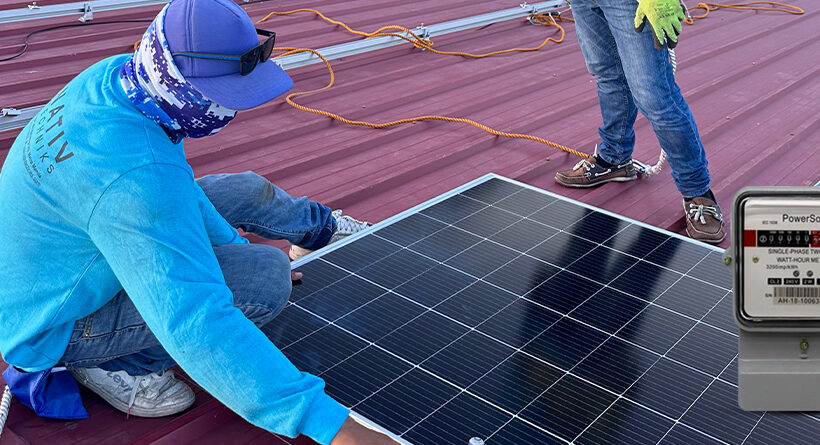
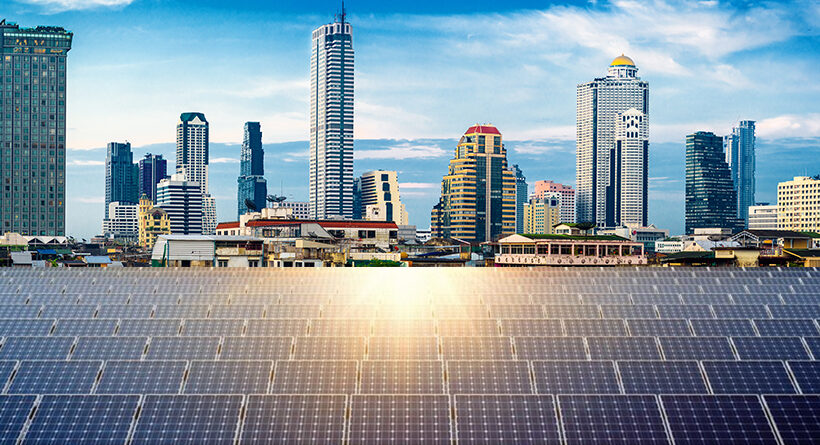
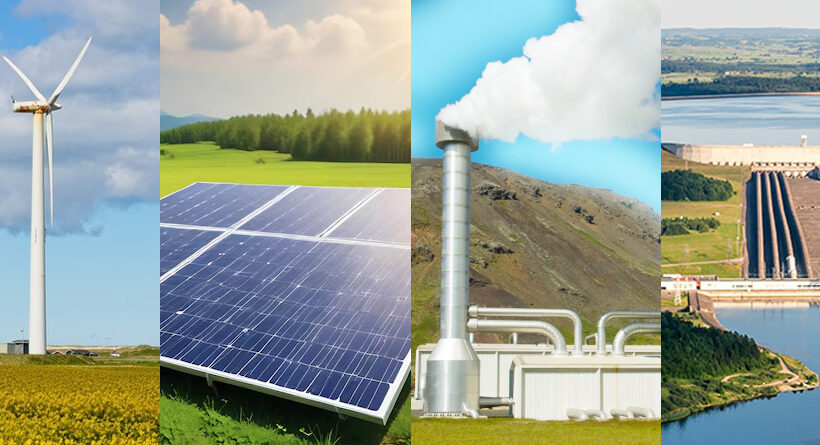
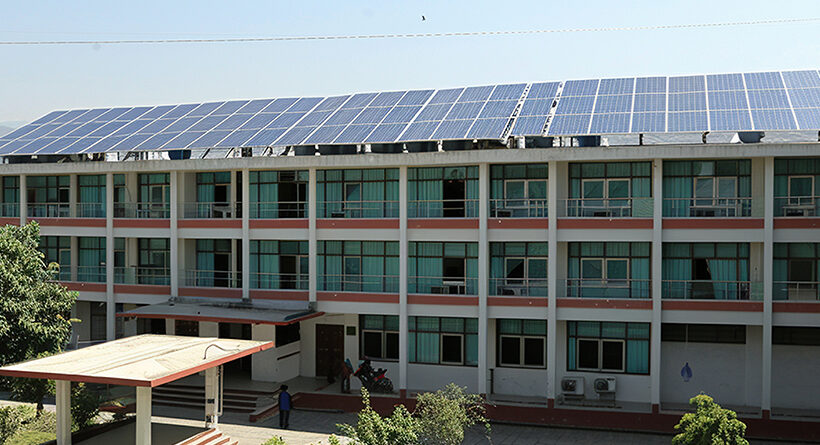




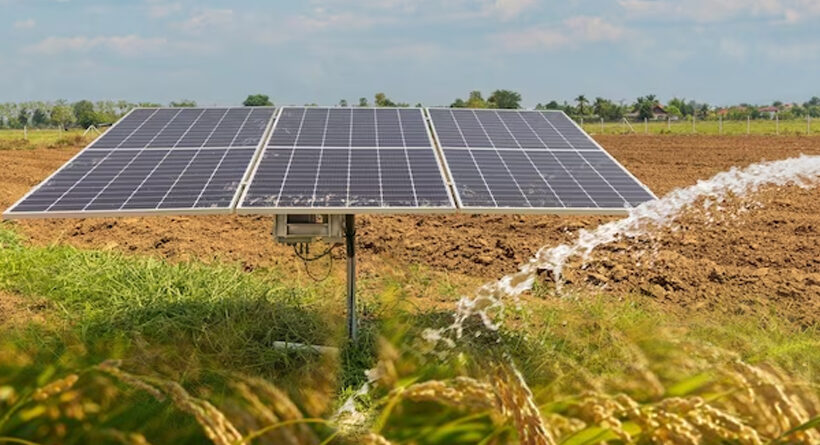
Leave a Reply